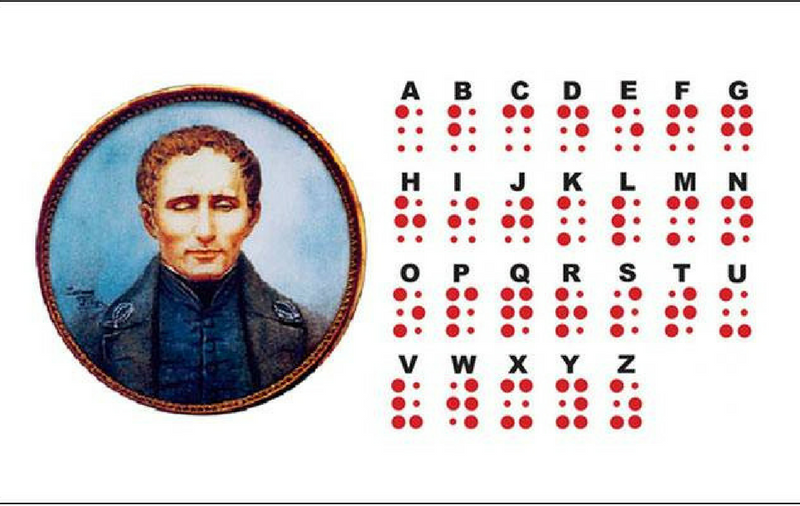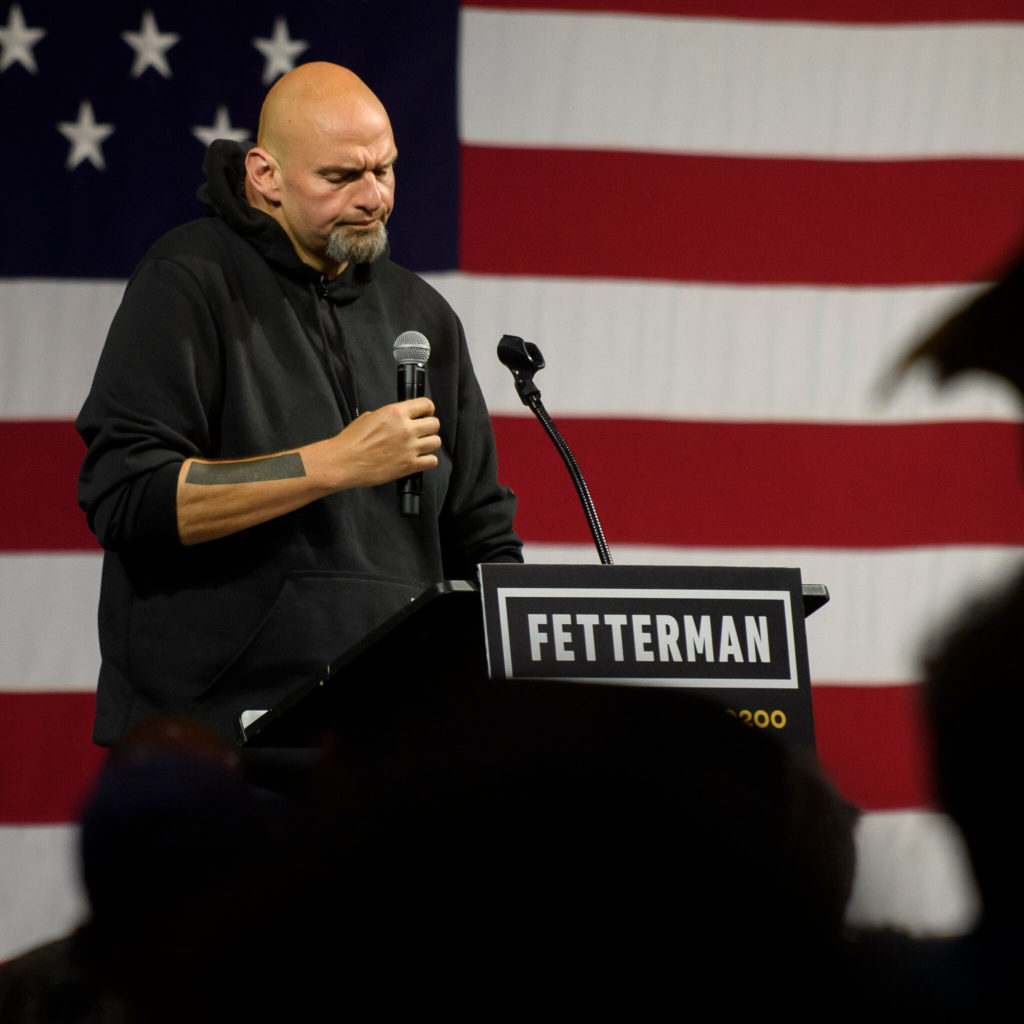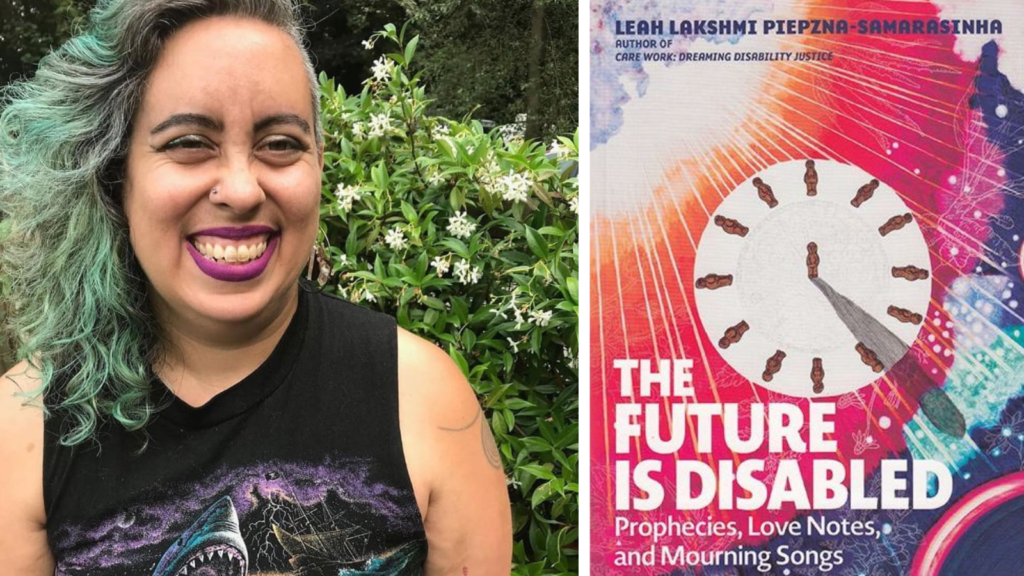A favorite part of my job is organizing a monthly Accessibility Community of Practice meeting. Folks from all over the company join us for a conversation about my favorite topic. Many months I’ve mentioned lifelong activist Judy Heumann in some capacity. In February, I spoke about the intersectionality between Black History Month and disability activism. I focused on the 504 Sit-In and Black Panther Party member Brad Lomax who was also a disability activist. He coordinated efforts to have the Black Panthers support protesters during the 25-day sit-in. In photos I’ve seen from the era, Judy Heumann is sitting right by his side.
She was an internationally recognized disability rights leader, often heralded as the Mother of the Disability Rights movement. Earlier this month, I was shocked and saddened when she passed away. She was a legend and still such a powerhouse in the ongoing fight for disability rights. I happened to be reading her autobiography when I heard the news (and when my copy from the library was due, I purchased my own).
One of the most influential disability rights activists in US history tells her personal story of fighting for the right to receive an education, have a job, and just be human. A story of fighting to belong in a world that wasn’t built for all of us and of one woman’s activism—from the streets of Brooklyn and San Francisco to inside the halls of Washington—Being Heumann recounts Judy Heumann’s lifelong battle to achieve respect, acceptance, and inclusion in society.
Penguin Randomhouse
If you haven’t already, I highly recommend watching the Crip Camp documentary on Netflix. It tells the true story of how a summer camp for teenagers with physical and mental disabilities laid the groundwork for a civil rights victory. Featuring Judy Heumann and her fellow activists. This small group of people came together in the right place at the right time and wound up working together to effect great change. They were instrumental in the passage of the Americans with Disabilities Act (ADA) of 1990.
Rachel Maddow posted a lovely celebration of the life and accomplishments of Judy Heumann.









